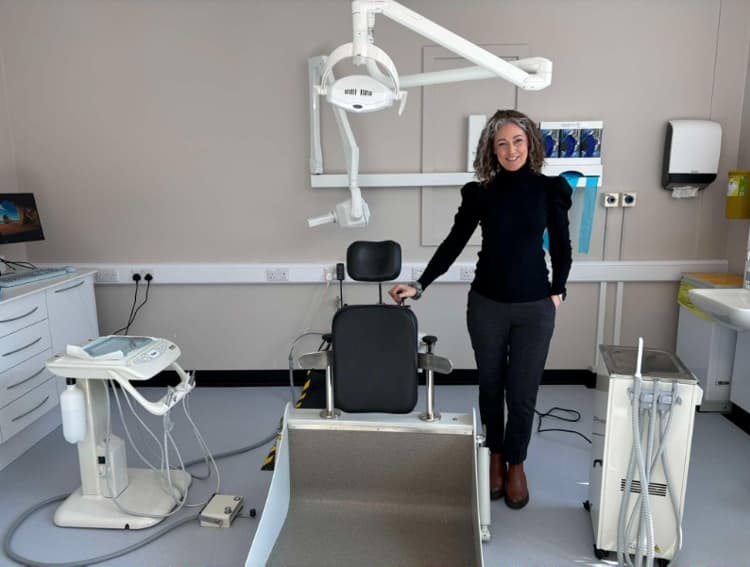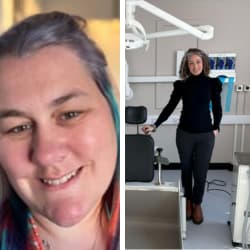
Breaking down barriers: How your dental practice can become more accessible for all patients
Intelligent refurbishment can make the world of difference to disabled people.

As dental professionals, we strive to offer the best care to all our patients, but sometimes physical barriers in our practice can make it more difficult for certain groups to receive the treatment they need. A recent refurbishment at Manx Care’s Community Dental Service in Douglas, Isle of Man, is a great example of how practices can start thinking about breaking down those barriers, creating a more inclusive and accessible space for all.
Thanks to a grant from the Henry Bloom Noble charitable trust, the practice underwent significant improvements, especially for patients with complex needs, including wheelchair users. The goal was simple: to make the space more accessible and patient centred. As it turns out, that is something every practice can work towards - whether through small changes or a larger redesign.
1. Start with flexibility
The first step is to look at your existing treatment rooms and equipment. Is there flexibility to adapt the space? At Manx Care, two small treatment rooms were combined to create a more versatile area. This allowed for easier mobility of both patients and equipment.
2. Prioritise wheelchair accessibility
One of the most impactful changes at the Douglas practice was the relocation of the DIACO ramp into its own dedicated treatment room. Previously housed in a room with a fixed dental chair, the ramp now has its own dedicated space. This ensures that patients who are wheelchair users can be safely tipped back for treatment without the constraints of built-in equipment. It is a simple but powerful reminder that accessibility does not just mean adding ramps - it is about creating a space that allows for safe, comfortable treatment for all patients.
Take a close look at your practice's accessibility. Is the layout easy for a wheelchair user to navigate? Are there any obstacles or fixed elements that may hinder movement? Small changes, such as widening doorways, rethinking furniture placement, or offering adjustable dental chairs, can go a long way in making your practice more inclusive.
3. Think about special equipment
For patients with complex needs, having specialised equipment at the ready can make all the difference. Before the refurbishment, staff at Manx Care had to spend extra time reconfiguring treatment rooms or relocating equipment to accommodate wheelchair users. With the new setup, specialist equipment can now be prepared quickly, leading to a more efficient service.
4. Patient-centred care
Above all, the goal of these changes was to put the patients at the centre of care, rather than forcing them to adapt to the limitations of the existing space. Dr Beverley McClung emphasised that the redesign ensures the service is more equitable for all patients, regardless of their mobility.
Adopting a patient-centred approach means seeing the space from the patient’s perspective. It is about creating a welcoming environment where everyone - whether they are wheelchair users, have sensory challenges, or need extra time and assistance - feels comfortable and supported.
The takeaway: Small changes, big impact
Whether it is through a small adjustment or a more significant investment, the improvements at Manx Care show that even minor changes can make a world of difference for patients with complex needs. By thinking about removing the tangible barriers that some groups of patients face, dental practices can create spaces that are not only more welcoming but also safer and more efficient for everyone.

